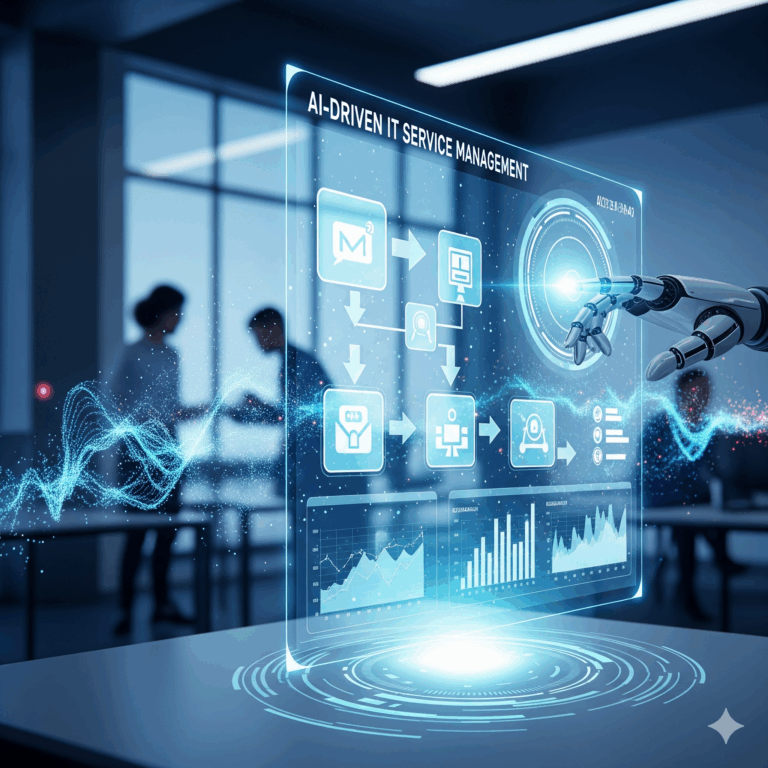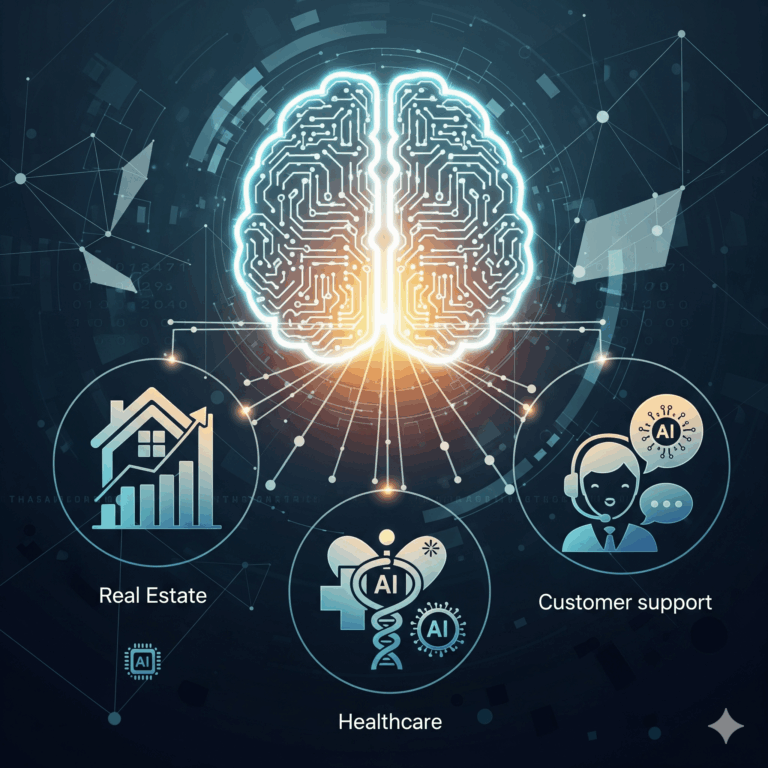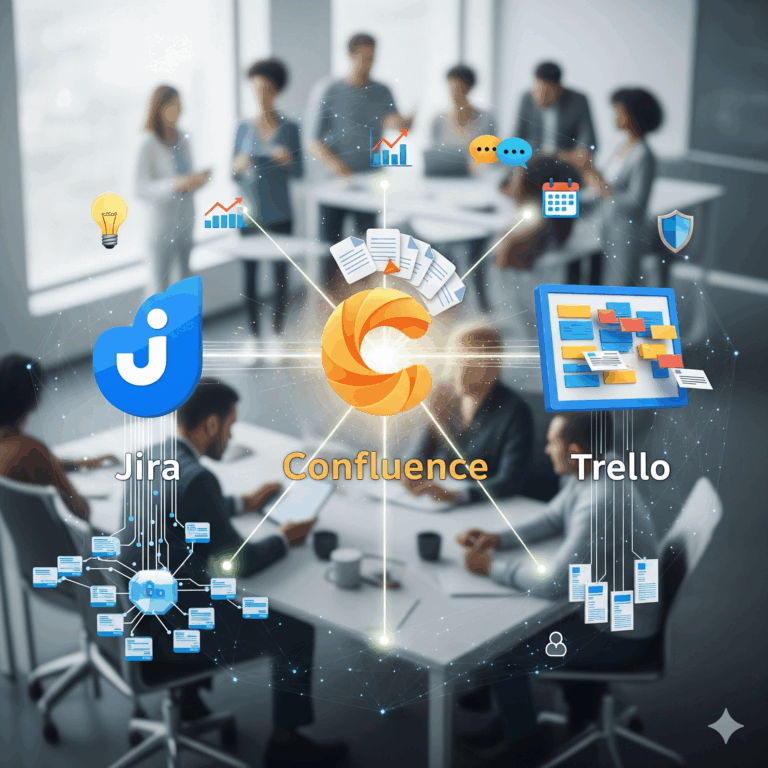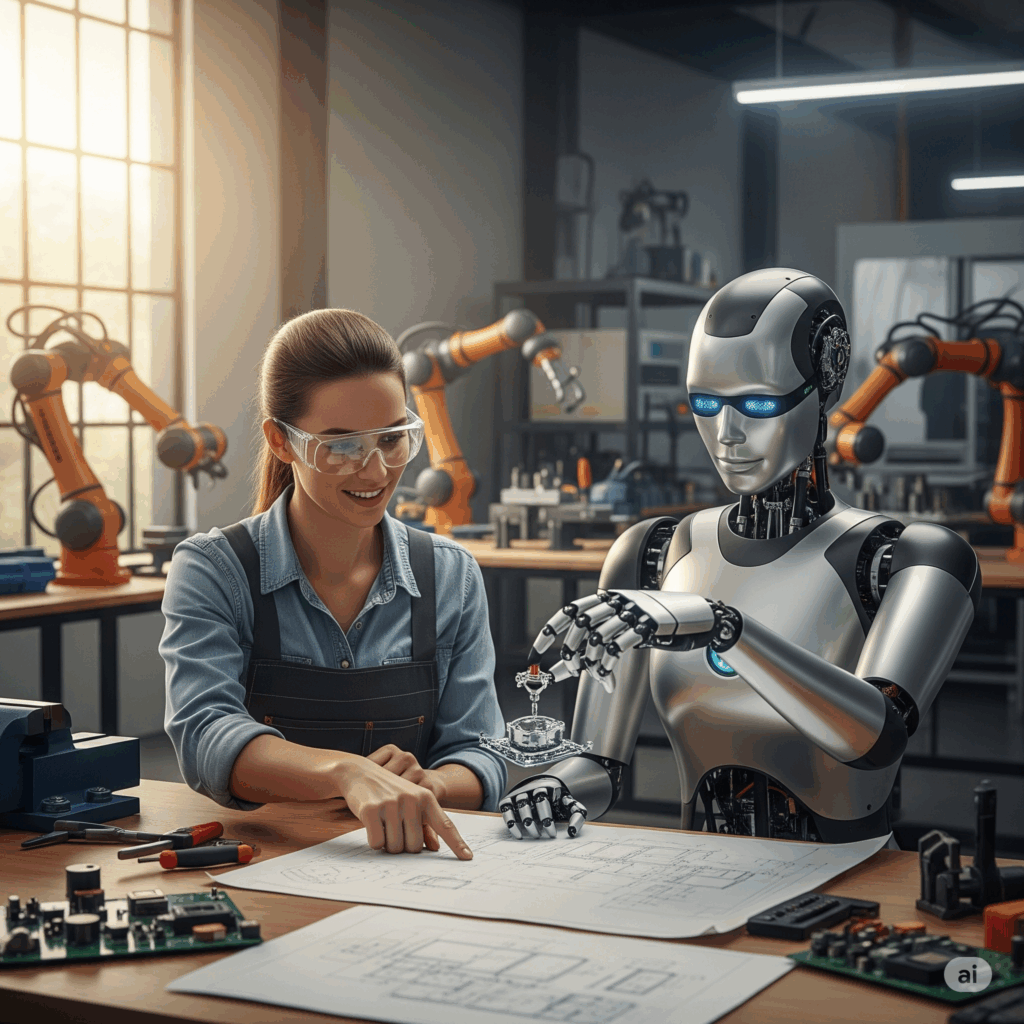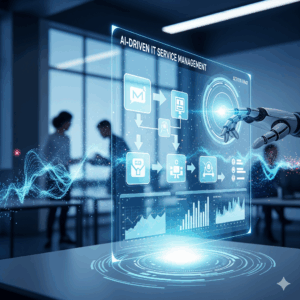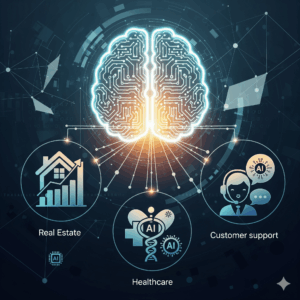
Are you looking for investment, pitch your idea with us!
For decades, the rise of automation and robotics has been met with a mix of excitement and fear. Some people imagine a future where machines take over human jobs, leaving workers struggling to find their place in the economy. Others, however, see a far more optimistic picture: robots as tools that empower humans to focus on creativity, problem-solving, and tasks that truly add value. Instead of replacing us, automation is beginning to complement our skills and free us from repetitive routines. The truth lies not in a dystopian loss of work, but in a transformation that can make our professional and personal lives more meaningful.
The Evolution of Robots in the Workplace
Robots were once confined to science fiction, imagined as metallic beings performing tasks like humans. Today, they are very real—though not always humanoid. In manufacturing plants, robots assemble cars with speed and precision. In healthcare, robotic systems assist surgeons in performing delicate procedures. In logistics, autonomous machines sort, package, and deliver goods with remarkable efficiency.
This evolution didn’t happen overnight. It reflects decades of technological progress, from artificial intelligence (AI) and machine learning to advanced sensors and automation software. Importantly, this progress doesn’t necessarily mean fewer jobs. Instead, it shifts the nature of work—just as previous industrial revolutions replaced manual labor with machine-powered efficiency while creating new industries and opportunities.
From Repetition to Creativity
One of the biggest advantages of robots is their ability to handle repetitive, monotonous, or dangerous tasks. Think about warehouse workers who spend hours lifting heavy packages, or office employees entering the same data day after day. These tasks can now be performed by machines with greater accuracy and far less physical strain.
When machines take over the repetitive aspects of work, humans are free to focus on tasks that require imagination, emotional intelligence, and complex decision-making. For example:
- In healthcare, robots may assist with diagnostics or logistics, but doctors and nurses still provide empathy, care, and the human connection patients need.
- In education, AI tools can grade assignments or track student progress, leaving teachers with more time to mentor and inspire.
- In business, automation can handle scheduling, customer queries, or data analysis, while human employees focus on strategy and innovation.
In short, automation empowers us to use our uniquely human qualities more effectively.
The Rise of “Cobots”: Robots as Collaborators
A key concept in the modern workplace is the idea of collaborative robots, or “cobots.” Unlike traditional industrial robots that operate in isolation, cobots are designed to work alongside humans. They don’t replace workers; they complement them.
Imagine a factory where a cobot lifts heavy components, while a human worker handles assembly details requiring dexterity and judgment. Or an office where AI tools organize information, but humans craft the final presentation with creativity and nuance.
This partnership creates a hybrid model of productivity: machines do what they do best—precision, speed, endurance—while humans do what we do best—adaptation, empathy, and innovation.
Debunking the Fear of Job Loss
It’s true that automation changes the job market. Certain roles, especially repetitive ones, may decline. However, history shows that technological revolutions often create more jobs than they eliminate. For instance, the rise of the internet replaced some industries but gave birth to entirely new fields like digital marketing, app development, and e-commerce.
The same is happening with robotics. New jobs are emerging in robot maintenance, AI programming, ethical oversight, and even industries we can’t yet imagine. Moreover, workers who embrace lifelong learning and adaptability are likely to thrive in this new environment.
Governments, companies, and educators all play a role in this transition. By investing in reskilling programs, supporting innovation, and fostering a culture of adaptability, we can ensure that automation benefits society as a whole.
Real-World Examples of Robots Empowering People
- Healthcare: Robotic surgery systems like the Da Vinci robot allow doctors to perform operations with unprecedented precision. These tools don’t replace surgeons; they enhance their skills and improve patient outcomes.
- Agriculture: Automated machinery helps farmers plant, monitor, and harvest crops efficiently, reducing physical strain while increasing yields. Farmers can then focus on crop strategies and sustainability.
- Retail: Robots can manage inventory, while human staff engage customers, build relationships, and provide personalized service.
- Hospitality: AI-powered chatbots handle routine bookings, leaving hotel staff with more time to offer a warm and memorable guest experience.
These examples demonstrate how automation empowers humans to focus on meaningful aspects of work—innovation, care, and connection.
Building a Human-Centered Future
As we look ahead, the key is not to resist automation but to guide its development responsibly. Technology should always be designed with a human-centered approach. That means creating tools that support people, enhance their skills, and open doors to new opportunities.
Education will also play a crucial role. Students need to learn not only technical skills but also creativity, critical thinking, and adaptability—the very traits that machines can’t replicate. In workplaces, fostering collaboration between humans and machines should become the standard.
Conclusion
The question of whether robots will replace or empower us is ultimately about perspective. If we view automation as a threat, we risk clinging to outdated models of work. But if we embrace it as an ally, we unlock opportunities to make work more fulfilling, efficient, and human-centered.
Robots are not here to take away our humanity; they are here to give it back to us. By handling the repetitive, dangerous, and monotonous tasks, automation allows us to focus on what truly matters: creativity, innovation, empathy, and the pursuit of a better future.

